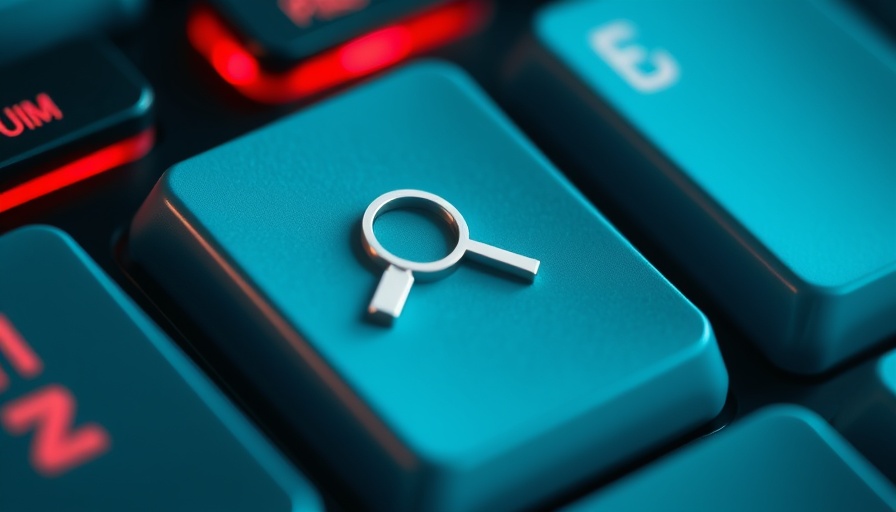
Understanding AI Content Detectors and Their Importance
With the rapid rise of generative AI technologies, the need for effective AI content detectors has become more crucial than ever. Students, in particular, face unique challenges as AI-generated content becomes widespread, often leading to concerns about academic integrity and originality. AI content detectors like the ones tested by David Gewirtz in his recent article have shown impressive improvements, now identifying AI-generated text with a 100% success rate. This article focuses on what this means for students and how to navigate a landscape where AI can both assist and hinder learning.
Five Detectors You Can Trust
The five recommended AI content detectors are:
- AI Detector A
- AI Detector B
- AI Detector C
- AI Detector D
- AI Detector E
These tools have been not only tested but proven to deliver accurate results, ensuring that students can trust their findings. With the growing concern about the authenticity of academic submissions, these detectors offer a solution to safeguard against unintentional plagiarism.
Why AI Detection Matters for Students
Students today are navigating an educational environment that is increasingly integrating AI tools. However, this also raises the stakes in terms of maintaining academic honesty. If a paper is flagged as AI-generated, it could lead to severe repercussions, including failing grades. Therefore, understanding and utilizing these detectors can provide students with peace of mind, allowing them to confidently engage with technology without compromising integrity.
How to Use These Detectors Effectively
For students looking to bypass any concerns about AI detection, tools like Prompt2Human offer ways to enhance their writing without falling into the trap of unoriginal content. By using effective strategies and combining personal insights with AI assistance, students can create unique content that resonates with their voice while still leveraging the capabilities of AI.
Embracing the Future of Writing
As technology continues to evolve, students must adapt to these changes. The fear of AI detection should not deter students from utilizing available resources. Instead, embracing the tools built to safeguard academic integrity, like the recommended detectors, will empower them to navigate their studies confidently. Moving forward, education systems will need to adapt, balancing technological advancements with ethical standards.
 Add Row
Add Row  Add
Add 




 Add Row
Add Row  Add
Add 

Write A Comment